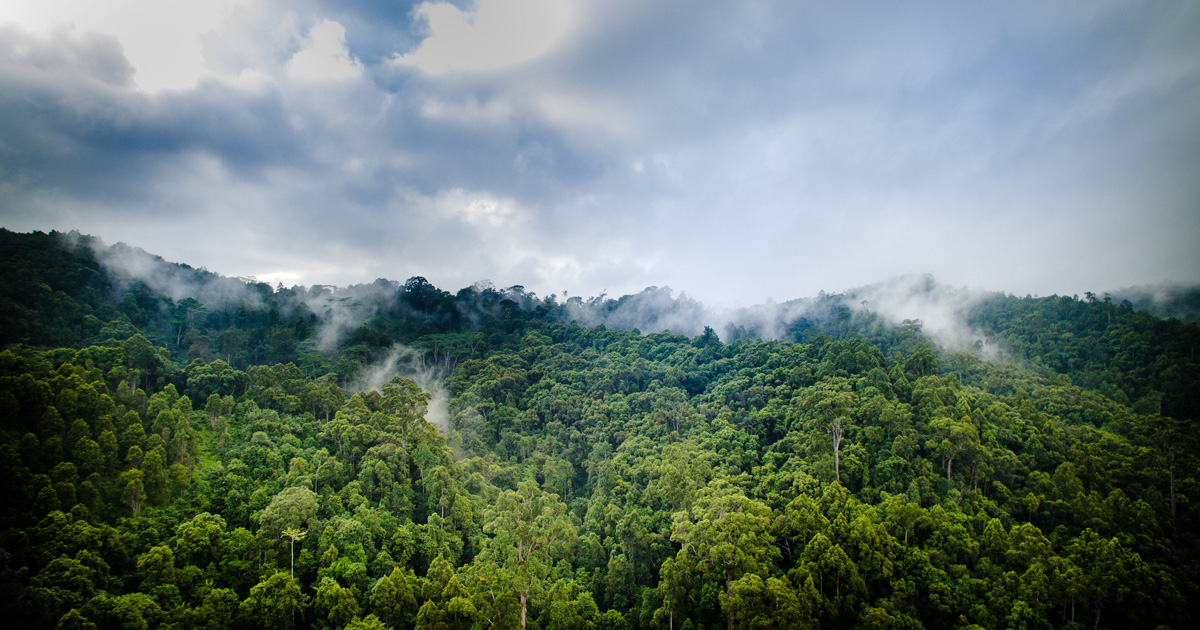Atmospheric correction (AC) is a necessary process when quantitatively monitoring water quality parameters from satellite data. However, it is still a major challenge to carry out AC for turbid coastal and inland waters. In this study, we propose an improved AC algorithm named N-GWI (new standard Gordon and Wang's algorithms with an iterative process and a bio-optical model) for applying MERIS data to very turbid inland waters (i.e., waters with a water-leaving reflectance at 864.8 nm between 0.001 and 0.01). The N-GWI algorithm incorporates three improvements to avoid certain invalid assumptions that limit the applicability of the existing algorithms in very turbid inland waters. First, the N-GWI uses a fixed aerosol type (coastal aerosol) but permits aerosol concentration to vary at each pixel; this improvement omits a complicated requirement for aerosol model selection based only on satellite data. Second, it shifts the reference band from 670 nm to 754 nm to validate the assumption that the total absorption coefficient at the reference band can be replaced by that of pure water, and thus can avoid the uncorrected estimation of the total absorption coefficient at the reference band in very turbid waters. Third, the N-GWI generates a semi-analytical relationship instead of an empirical one for estimation of the spectral slope of particle backscattering. Our analysis showed that the N-GWI improved the accuracy of atmospheric correction in two very turbid Asian lakes (Lake Kasumigaura, Japan and Lake Dianchi, China), with a normalized mean absolute error (NMAE) of less than 22% for wavelengths longer than 620 nm. However, the N-GWI exhibited poor performance in moderately turbid waters (the NMAE values were larger than 83.6% in the four American coastal waters). The applicability of the N-GWI, which includes both advantages and limitations, was discussed.
DOI:
https://doi.org/10.1016/j.jag.2015.03.003
Altmetric score:
Dimensions Citation Count:

Publication year
2015
Authors
Roy, P.S.; Behera, M.D.; Murthy, M.S.R.; Roy, A.; Singh, S.; Kushwaha, S.P.S.; Jha, C.S.; Sudhakar, S.; Joshi, P.K.; Sudhakar Reddy, Ch.; Gupta, S.; Pujar, G.; Dutt, C.B.S.; Srivastava, V.K.; Porwal, M.C.; Tripathi, P.; Singh, J.S.; Chitale, V.; Skidmore, A.K.; Rajshekhar, G.; Kushwaha, D.; Karnataka, H.; Saran, S.; Giriraj, A.; Padalia, H.; Kale, M.; Nandy, S.; Jeganathan, C.; Singh, C.P.; Biradar, C.M.; Pattanaik, C.; Singh, D.K.; Devagiri, G.M.; Talukdar, G.; Panigrahy, R.K.; Singh, H.; Sharma, J.R.; Haridasan, K.; Trivedi, S.; Singh, K.P.; Kannan, L.; Daniel, M.; Misra, M.K.; Niphadkar, M.; Niphadkar, N.; Prasad, N.; Tripathi, O.P.; Prasad, P.R.C.; Dash, P.; Qureshi, Q.; Tripathi, S.K.; Ramesh, B.R.; Gowda, B.; Tomar, S.; Romshoo, S.; Giriraj, S.; Ravan, S.A.; Behera, S.K.; Paul,S.; Das, A.K.; Ranganath, B.K.; Singh, T.P.; Sahu, T.R.; Shankar, U.; Menon, A.R.R.; Srivastava, G.; Neeti; Sharma, S.; Mohapatra, U.B.; Peddi, A.; Rashid, H.; Salroo, I.; Krishna, P.H.; Hajra, P.K.; Vergheese, A.O.; Matin, S.; Chaudhary, S.A.; Ghosh, S.; Lakshmi, U.; Rawat, D.; Ambastha, K.; Kalpana, P.; Devi, B.S.S.; Gowda, B.; Sharma, K.C.; Mukharjee, P.; Sharma, A.; Davidar, P.; Raju, R.R.V.; Ketewa, S.S.; Kant, S.; Raju, V.S.; Uniyal, B.P.; Debnathg, B.; Rout, D.K.; Thapa, R.; Joseph, S.; Chhetri, P.; Ramchandrana, R.
Language
English
Keywords
forest rehabilitation, ecological restoration
Geographic
India























